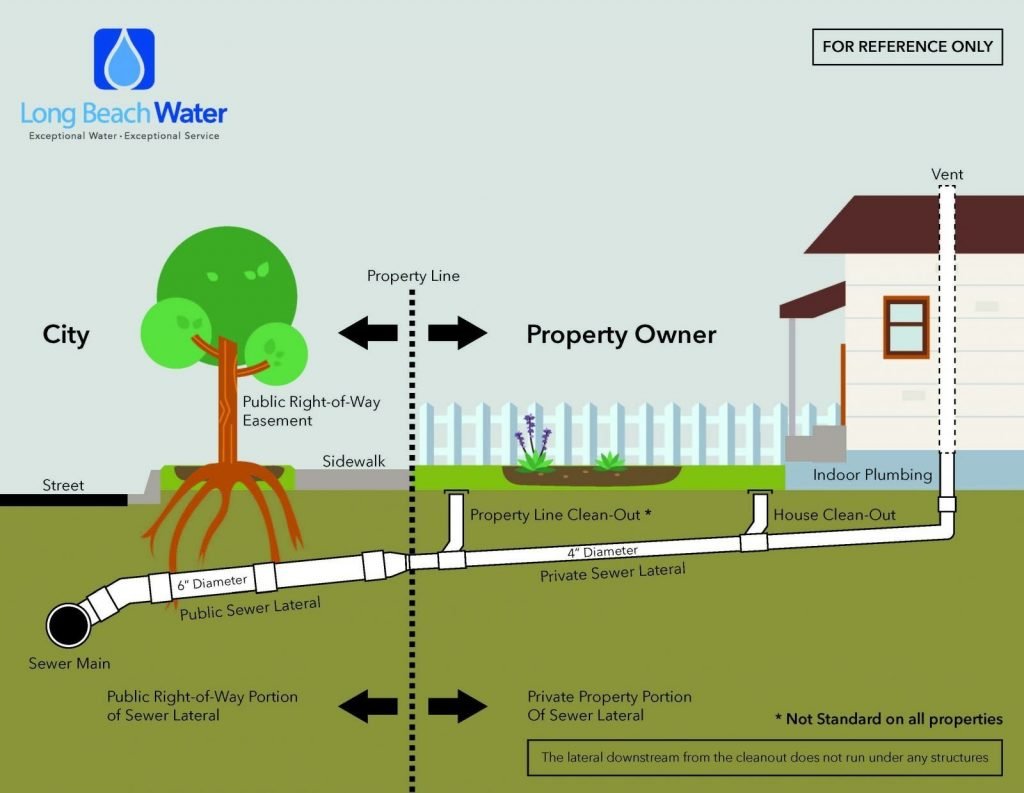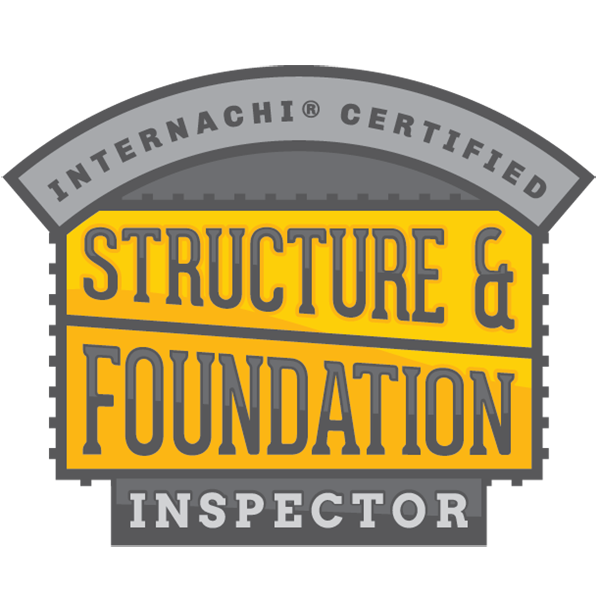One of the often-neglected areas of home preparation is lying right below the surface: the sewer line. Savvy home buyers will order a sewer scope prior to purchasing a property and it’ll be the homeowner’s responsibility to make sure the inspector can access the sewer cleanout and perform the inspection fully and thoroughly.
This snaking video inspection can tell you—and a prospective buyer—about any lateral sewer line damage that may have unknowingly occurred and where that damage lies. Understanding what a sewer scope is and how to prepare will help inspection day go more smoothly, and when inspections go smoothly, everyone can focus on the real deal - getting the home sold swiftly!
3 Easy Steps to Prepare for a Sewer Scope Inspection
Locate the cleanout.
Make it accessible by clearing away landscaping, debris, and personal belongings from the area surrounding the cleanout.
Make sure the cover is able to be easily removed. (If the cover is damaged during the sewer scoping, we will do our best to replace it.)
Our inspectors will snake the private sewer lateral by way of the house clean-out and ending at the public sewer lateral using a sewer scope instrument.
What is a sewer scope, or sewer line inspection?
Technically, a sewer scope is a tool. But sewer scope is also commonly known as the process of the camera-led inspection.
A sewer scope inspection is a camera-led scoping of the lateral sewer line only. The scope will begin at the house and navigate via a long cable line to the end of the lateral sewer line.
A sewer scope inspection does NOT include scoping of all of the plumbing throughout the home.
The lateral sewer line is the pipe that carries all the wastewater from the home to the main sewer line or septic tank. The lateral sewer line will end where the main sewer line begins or end at a septic tank. The lateral sewer line is owned by the homeowner and the homeowner is responsible for the upkeep of this line.
The main sewer line is the pipe that carries all the wastewater from the lateral sewer line to the municipality. The city owns the main sewer line and it’s the municipality that is responsible for the maintenance of this line.
( Source: https://www.foreverhomeinspection.com/expect )
How the Sewer Line Cleanout Works
A sewer line is a large pipe that connects every sink, shower, and toilet in your house to the municipal sewer line in the city. If one toilet, sink, or other facility causes a block on the septic line, all other facilities are affected, which calls for immediate action.
( Source: https://theoriginalplumber.com/sewer-cleanout-location/ )
What Does a Sewer Cleanout Look Like
You'll recognize it as a black or white, three- to four-inch capped pipe protruding up from the ground or basement foundation. Sometimes it’s encased in a plastic box with a lid.

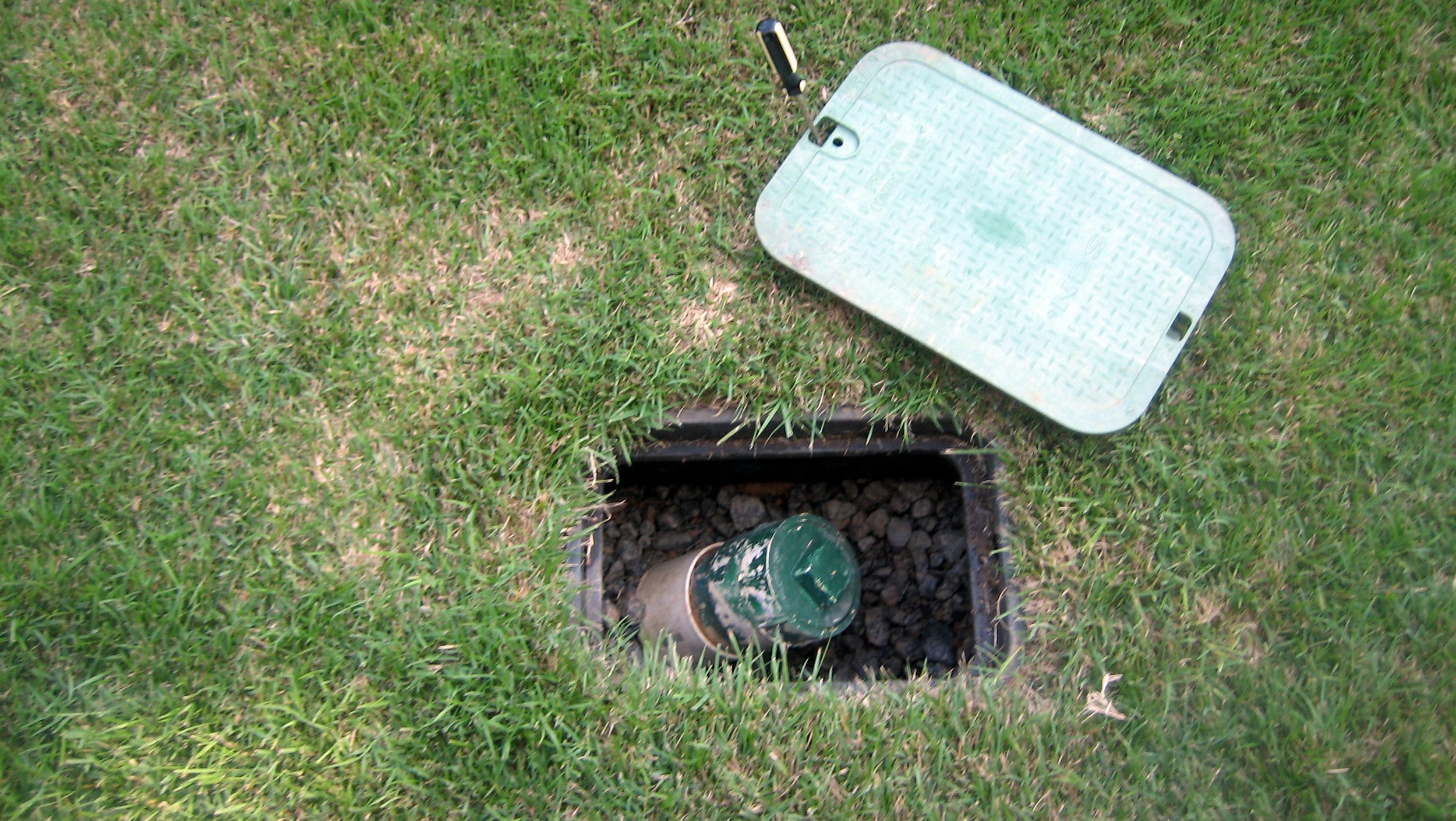
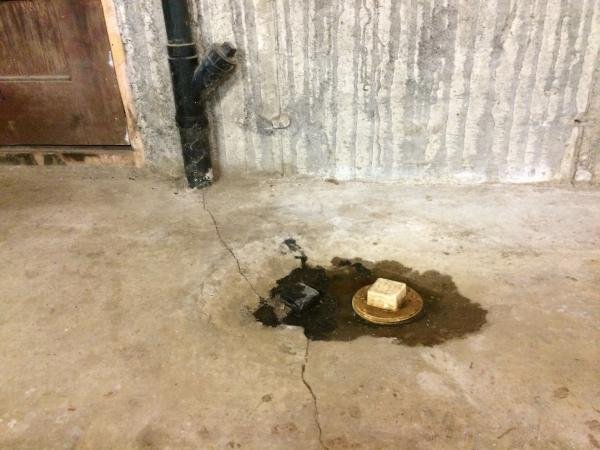
Likely Locations for Sewer Cleanout
Close to the bathroom, inside or outside.
Near the garage, inside or outside.
Near the basement, inside or outside.
Sewer cleanouts are easy to conceal with decking and landscaping, so be sure to check those areas. They should be located no more than a few feet away from an exterior wall.
If you’re having trouble locating the cleanout, consider that it may be buried under layers of dirt and mulch.
Some homes built prior to 1978 may not have a cleanout, in which case we will enter the sewer line from a different location.
